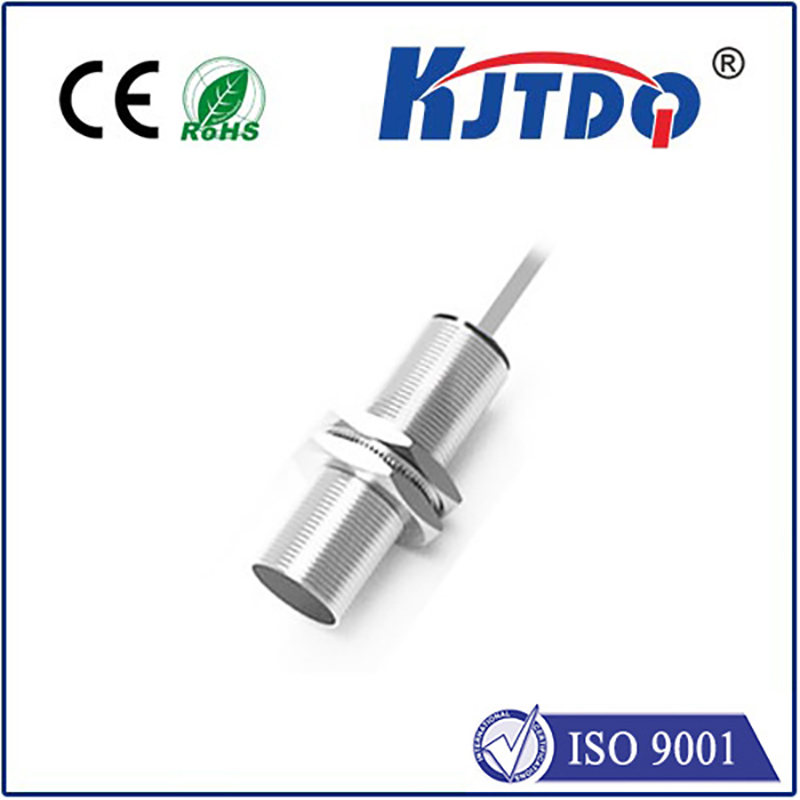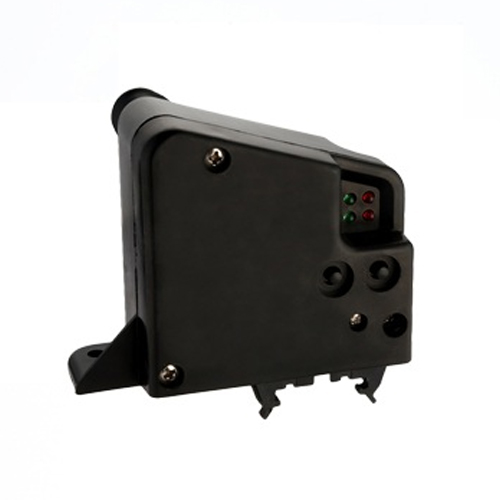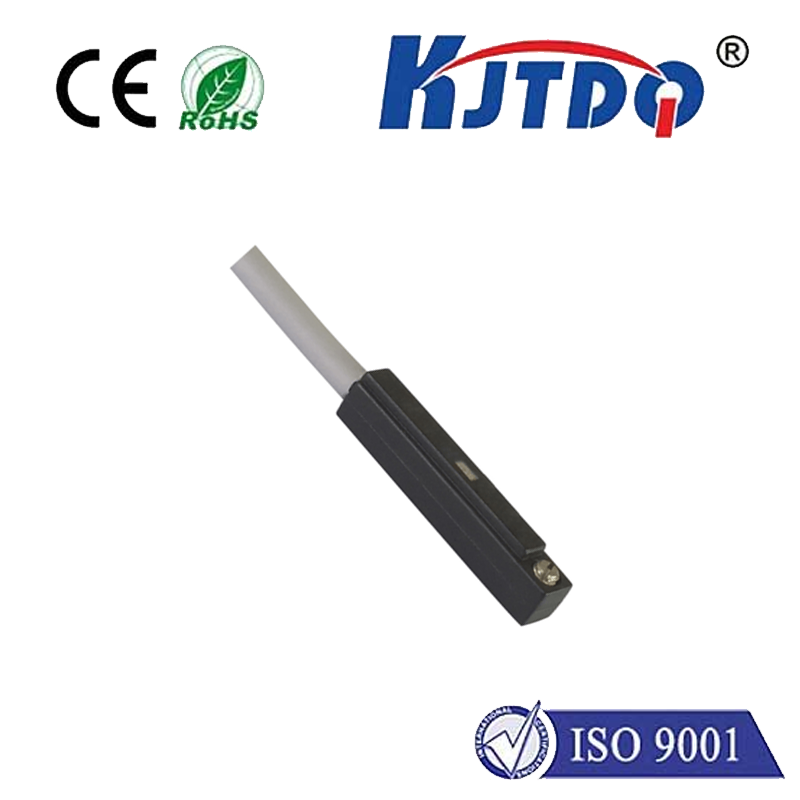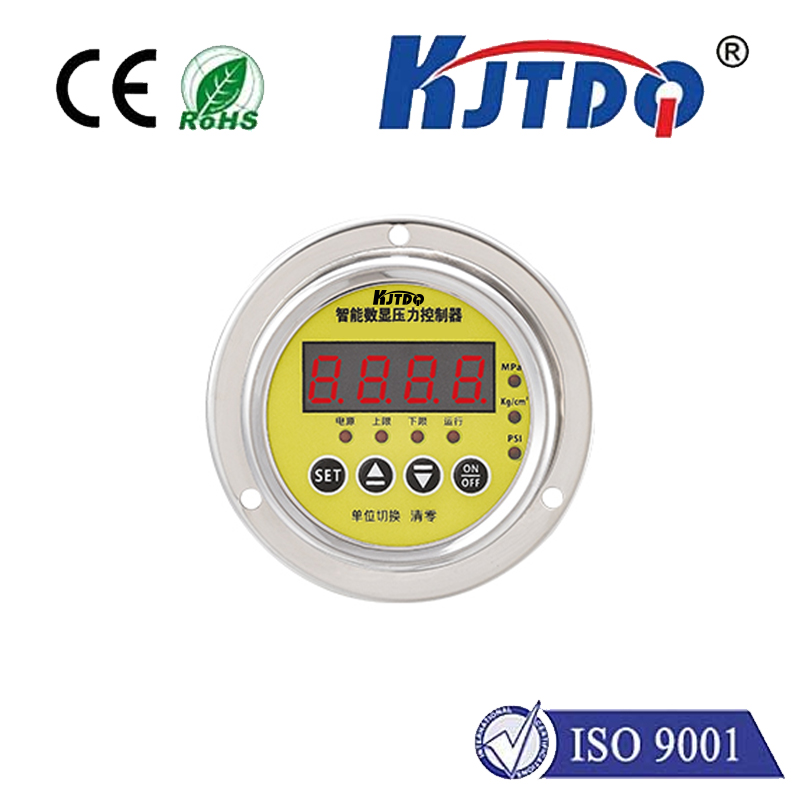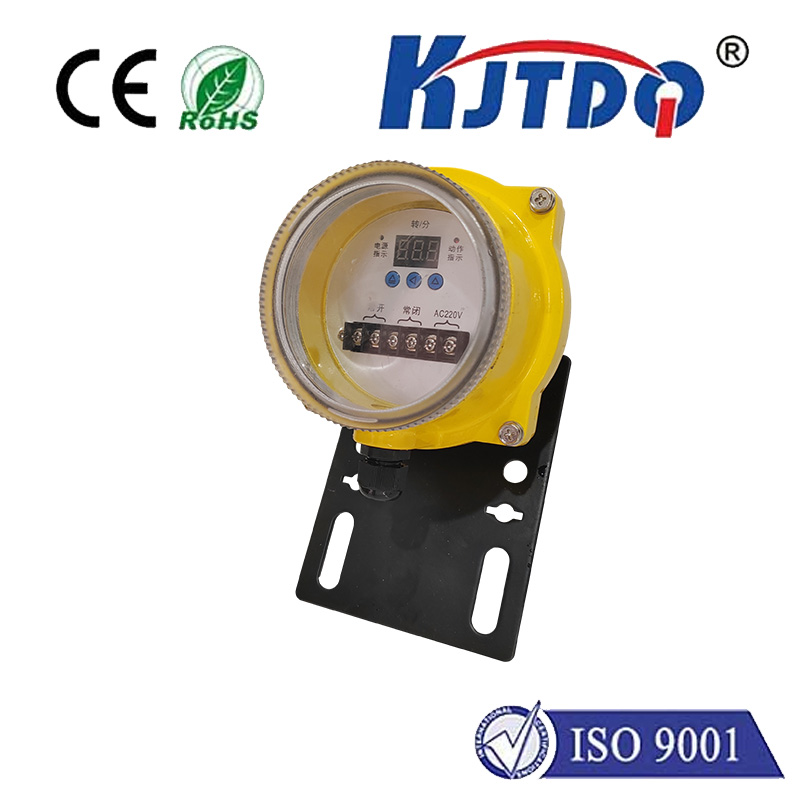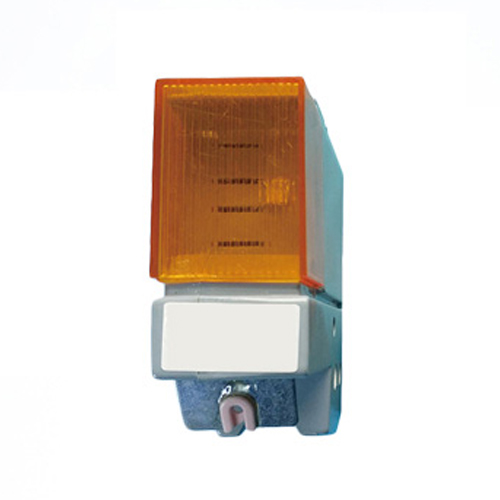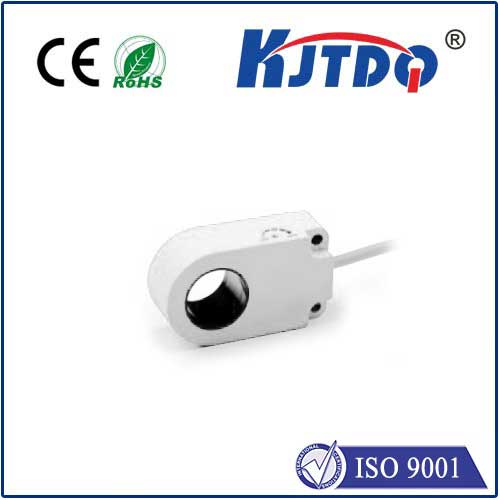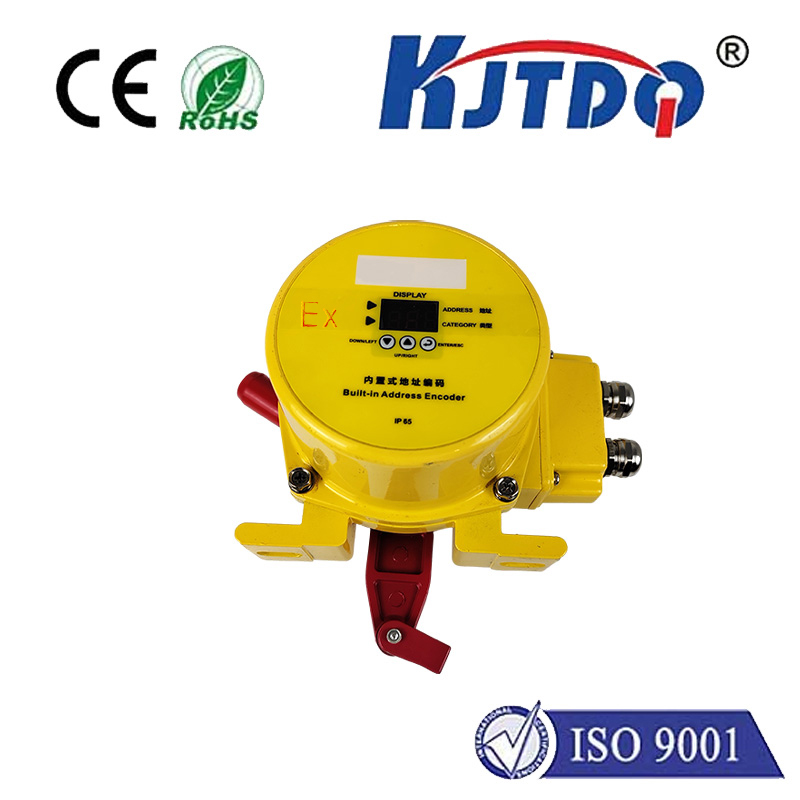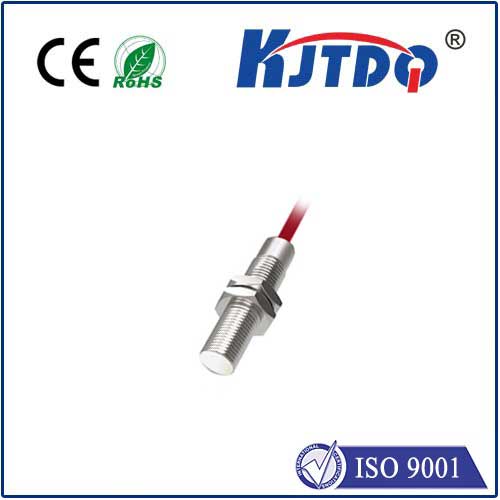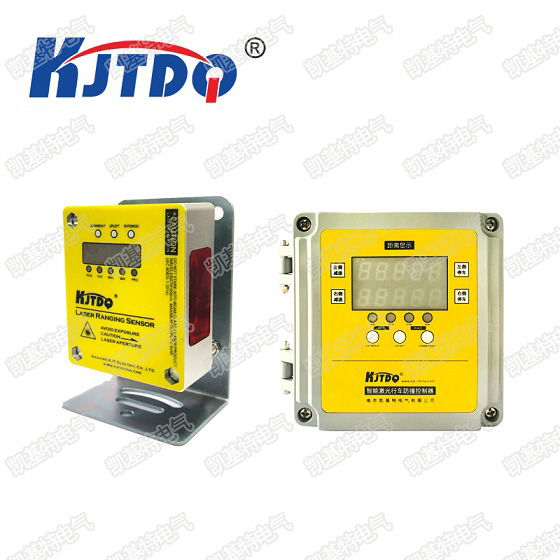rotary limit switch for eot crane
- time:2025-08-07 03:26:58
- Click:0
Rotary Limit Switch: The Unsafe Guardian of EOT Crane Safety and Control
Imagine a multi-ton load suspended high above a bustling factory floor, gliding smoothly along an overhead runway. The precision of its movement – stopping precisely at the workstation, avoiding collisions with walls or other cranes – isn’t left to chance or operator instinct alone. This critical control, ensuring safety and operational efficiency for Electric Overhead Traveling (EOT) cranes, relies heavily on a seemingly simple yet utterly indispensable component: the rotary limit switch. But what exactly is this device, and why is it so vital to the safe and reliable operation of your crane?
At its core, a rotary limit switch is a precision electro-mechanical device designed to accurately monitor and control the rotational position or linear travel distance of moving machinery. When integrated into an EOT crane system, it becomes the primary means of defining safe operating zones for the crane’s three fundamental motions: the hoist (up/down), the trolley (cross-travel across the bridge), and the bridge (long-travel along the runway beams).
How Does a Rotary Limit Switch Work on an EOT Crane?
Unlike simple lever-operated limit switches actuated by physical contact at a single point, a rotary limit switch works by being physically connected to the moving part of the crane it needs to monitor. This connection is typically achieved via:
- Drive Shaft: A shaft directly coupled to the crane’s drive mechanism (e.g., the wheel shaft for bridge/trolley travel or the drum shaft for hoisting).
- Driven Chain or Cable: A looped chain or cable attached to the moving crane component (like the trolley or bridge), which rotates a sprocket or drum on the switch.
- Driven Gear: Gearing systems translating linear movement into rotary input for the switch.
As the crane moves, this connection causes the input shaft of the rotary limit switch to rotate proportionally. Inside the switch housing, this rotation drives precision gears. Cam discs, mounted on these gear shafts, rotate in sync with the input movement. Strategically positioned micro-switches (or proximity sensors in modern variants) surround these cams. As the cams turn, their specially shaped lobes engage with the micro-switch actuators at precisely defined rotational positions.

Each cam engagement corresponds to a specific physical location of the crane component. For example:
- A cam might activate a switch to cut power to the bridge drive motor just before the crane reaches the absolute end of its runway, defining the end limit.
- Another cam might activate a warning signal (a pre-travel limit) several feet before the end limit, alerting the operator to slow down.
- Further cams can define intermediate stops or specific lift heights for the hoist mechanism.
This multi-point control capability is the key strength of the rotary limit switch over simpler alternatives. One compact unit can define numerous critical positions for a single axis of motion.
Why Rotary Limit Switches are Essential for EOT Crane Safety
The integration of rotary limit switches addresses fundamental safety and operational requirements:
- Preventing Over-Travel & Collisions: This is their paramount function. End limit settings stop the crane motion automatically if it approaches the absolute physical boundaries of the runway or trolley travel path. This prevents catastrophic collisions with end stops, building structures, or other cranes.
- Defining Safe Working Zones: Pre-travel (or slow-down) limits provide an audible or visual warning to the operator, prompting them to slow the crane before reaching the hard stop. This zone can also be used to automatically reduce travel speed.
- Controlling Hoist Height: Rotary switches precisely define the upper and lower limits for the hook block. The upper limit prevents “two-blocking” (hook block hitting the drum), while the lower limit prevents over-lowering, protecting both the load and the wire rope.
- Enabling Automatic Positioning: Beyond safety limits, these switches can activate at pre-set intermediate positions, allowing for semi-automated or repetitive operations (e.g., stopping at specific workstations).
- Repeatable Accuracy: Once correctly installed and calibrated, rotary limit switches offer highly repeatable positioning accuracy, essential for consistent crane operations.
- Ruggedness and Reliability: Designed for harsh industrial environments, these switches are built to withstand vibration, dust, moisture, and temperature variations common in facilities using EOT cranes.
Key Features for Optimal EOT Crane Performance
When selecting or maintaining a rotary limit switch for an EOT crane, consider these crucial aspects:
- Durability: Look for robust construction (metal housing, sealed bearings) to handle industrial rigors.
- Slip Clutch: An integral slip clutch is paramount. It protects the delicate internal gearing from damage if the crane attempts to move beyond a set limit, allowing the input shaft to slip instead of forcing the gears.
- Resolution/Precision: The gearing ratio determines how much input shaft rotation translates to cam movement. Higher ratios provide finer control over setting limits.
- Number of Cams/Switches: Ensure the switch has enough cams to accommodate all required limit points (end limits, slowdown limits, intermediate stops) for the specific crane motion.
- Switch Type: Traditional mechanical micro-switches are common and robust. Solid-state proximity sensors offer longer life and higher switching speeds where applicable.
- Environmental Protection: An appropriate IP (Ingress Protection) rating (e.g., IP65, IP66) is essential to guard against dust and water ingress.
Maintenance: Ensuring Continued Reliability
Like all critical safety components, rotary limit switches require regular inspection and maintenance:
- Visual Inspections: Check for physical damage, loose connections, corrosion, or worn drive components (chain, cable, shaft coupling).
- Operational Checks: Regularly verify that all limit positions function correctly during crane operation. Test both slow-down warnings and hard stop actions.
- Lubrication: Follow manufacturer guidelines for lubricating gears, bearings, and drive mechanisms.
- Calibration: Ensure limit settings remain accurate. Recalibrate if any drive components (like chains) are replaced or if slippage is suspected. Periodic verification against physical markers is good practice.
- Slip Clutch Check: Confirm the clutch engages and slips smoothly under overload conditions without damaging internal gears.
The rotary limit switch, often overlooked within the complex machinery of an EOT crane, plays a role far exceeding its modest appearance. It is the silent, electro-mechanical sentinel defining the boundaries of safe operation. Its precision, reliability, and multi-point control capabilities make it irreplaceable for preventing dangerous over-travel, enabling accurate positioning, and ultimately safeguarding personnel, equipment, and loads. Integrating and meticulously maintaining high-quality rotary limit switches isn’t just best practice; it’s a fundamental requirement for responsible and efficient overhead lifting operations in any industrial setting.






